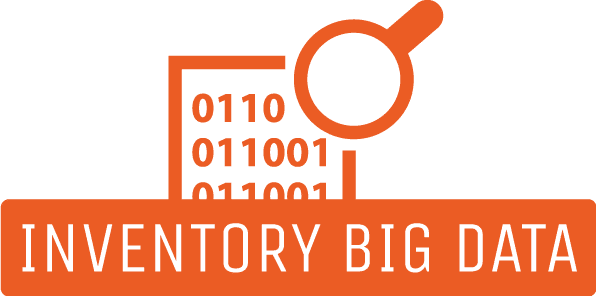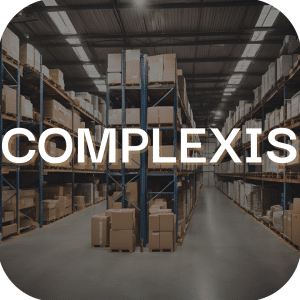ABC Analysis and Costing
Description
Specific optimization methods: ABC analysis and cost evaluation
Optimization in supply chain management is a complex, multifaceted undertaking that benefits from specific analytical methods. Among the most effective are ABC Analysis for product hierarchies, and Cost Analysis for adjusting stock levels and service rates. This guide delves into these advanced techniques to help you fine-tune your supply chain strategies.
ABC Analysis: Prioritize your inventory
ABC Analysis is a methodology used to classify inventory into three categories – A, B and C – according to their importance.
- Category A: High-value items with low frequency.
- Category B: Moderate-value items with moderate frequency.
- Category C: Low-value items with high frequency.
How it works
- Inventory sorting: Sort products by annual consumption value. Annual Consumption Value = Unit Cost * Annual Demand
- Categorization: Assign them to categories A, B or C.
- Review and adjust: Revisit the ABC analysis periodically to adjust strategies in line with market conditions.
Benefits
- Targeted inventory control: Prioritize high-impact items.
- Efficient use of resources: Allocate resources where they have the greatest impact.
Cost analysis: Adjust stock levels and service rates.
Understanding cost behavior is key to optimizing stock levels and service rates. The focus is on two main components:
- Carrying costs: The cost of storing products, often as a percentage of product value.
- Out-of-stock costs: Costs incurred when an item is not available, including lost sales and customer dissatisfaction.
Methods
- Cost calculation: Determine holding costs and stockout costs. Holding Costs = Holding cost per unit * Average stock levelStockout Costs = Lost sales + Additional emergency shipping costs
- Service rate analysis: Examine the profitability of different service levels. Total Cost = Holding Costs + Out-of-Stock Costs
- Adjust: Modify stock levels and service rates according to the analysis.
Benefits
- Reduced costs: By adjusting stock levels, minimize holding and out-of-stock costs.
- Optimized service levels: Achieve the best balance between service quality and costs.
Conclusion
While generic optimization strategies provide a comprehensive framework for supply chain improvement, targeted approaches such as ABC Analysis and Cost Analysis offer specific, actionable insights. These methodologies help refine inventory control, resource allocation and service levels, leading to a more streamlined and profitable supply chain.
Additional information
| Objective | |
|---|---|
| Offer | |
| Level | Director |
| Department | Supply Chain |





